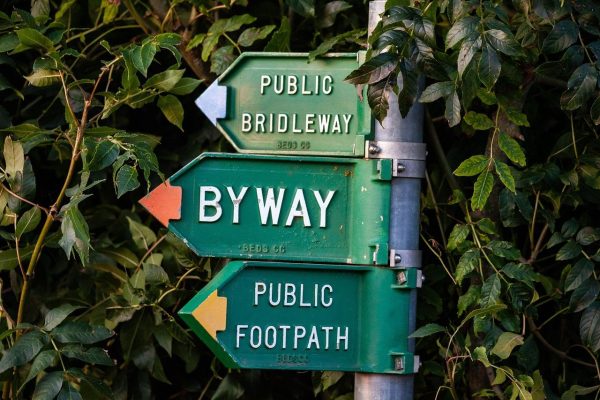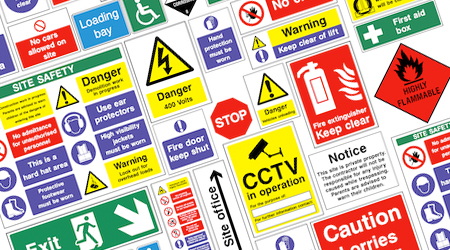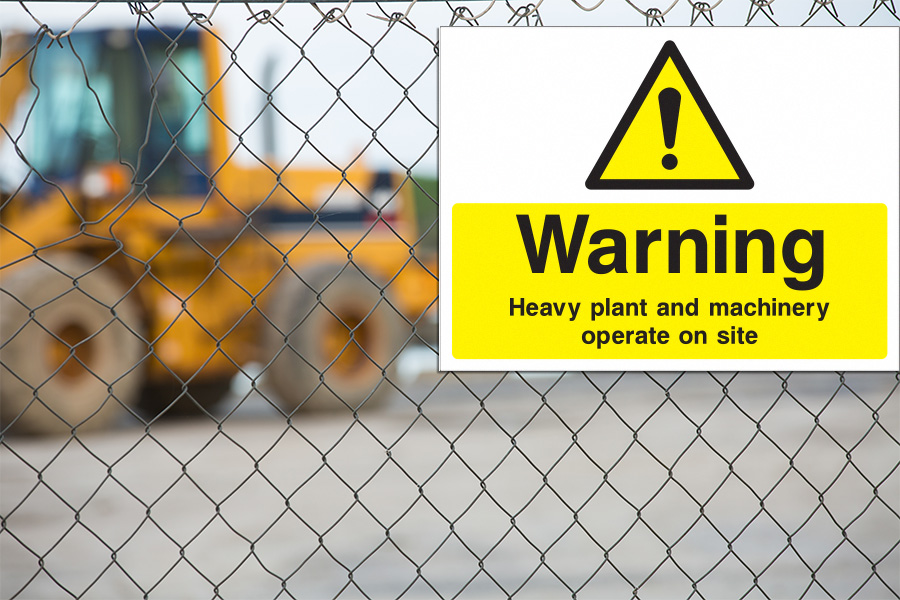Public footpath signs play a crucial role in ensuring the safety of pedestrians, guiding them through designated routes, and preserving the natural beauty of the surrounding environment. This post will explore the importance of footpath signs, their role in promoting safety and awareness, preserving natural beauty and wildlife, and the UK legislation that mandates their use.
Footpath Signs in Enhancing Safety and Awareness
Public footpath signs serve as valuable guides for pedestrians, ensuring they follow designated paths and navigate safely through various terrains. These signs are strategically placed along footpaths, providing clear directions and essential information to hikers, walkers, and nature enthusiasts. By marking the correct routes, these signs help prevent accidents, such as getting lost, encountering dangerous terrain, or straying into private property.
To comply with UK legislation, public footpath signs must adhere to specific standards outlined in the Countryside and Rights of Way Act 2000 (CROW Act). This legislation ensures preserving rights of way and public access to the countryside. It emphasises the need for proper signage to prevent trespassing and protect sensitive habitats and wildlife.
Guiding Pedestrians Safely
Public footpath signs guide pedestrians by indicating the correct routes, junctions, and points of interest. They are designed with clear symbols, arrows, and text that inform walkers about the direction and distance to various destinations, such as viewpoints, landmarks, or neighbouring villages. By following these signs, pedestrians can navigate unfamiliar areas confidently and safely.
The size and visibility of public footpath signs are regulated by the UK Department for Transport’s Traffic Signs Regulations and General Directions 2016. These regulations ensure that the signs are adequately sized, well-maintained, and placed at appropriate intervals to ensure maximum visibility and effectiveness.
Preventing Accidents and Hazards
Public footpath signs also serve as warning signs, alerting pedestrians to potential hazards along the designated routes. These hazards may include uneven terrain, steep slopes, slippery surfaces, or other obstacles that could pose a risk to walkers. By highlighting such dangers, the signs enable pedestrians to take necessary precautions, ensuring their safety and preventing accidents.
The Health and Safety at Work Act 1974 places a legal responsibility on landowners and managers to maintain public footpaths and minimise risks to users. This legislation emphasises the importance of clear signage to inform walkers about potential hazards and ensure their safety during outdoor activities.
Footpath Signs in Preserving Natural Beauty and Wildlife
Public footpath signs also play a vital role in preserving the natural beauty and wildlife habitats along footpaths. These signs indicate protected areas, wildlife reserves, or ecologically sensitive sites, allowing walkers to navigate while minimising their impact on the environment.
The Wildlife and Countryside Act 1981 provides legal protection to wildlife, plants, and their habitats in the UK. It recognises the importance of public footpath signs in preventing environmental damage, disturbance to nesting birds, trampling of delicate flora, and intrusion into wildlife habitats.
Protecting Ecologically Sensitive Areas
Public footpath signs are particularly essential in areas designated as Sites of Special Scientific Interest (SSSIs) or nature reserves. These signs inform walkers about the presence of rare or protected species, nesting sites, or fragile ecosystems. By adhering to the instructions, walkers can help preserve these areas and minimise any negative environmental impact.
Preventing Environmental Damage
Public footpath signs also educate walkers about responsible behaviour to prevent environmental damage. They may include messages about not littering, keeping dogs on leads, or staying on designated paths to avoid trampling vegetation. These signs contribute to the conservation and long-term sustainability of natural landscapes by raising awareness and encouraging responsible outdoor practices.
The importance of footpath signs arise from their roles in promoting safety, providing guidance, and preserving the environment. They ensure pedestrians can navigate footpaths confidently, prevent accidents, and protect ecologically sensitive areas. By adhering to UK legislation and employing appropriate signage, we can create a harmonious balance between outdoor recreation and environmental conservation, ensuring the enjoyment and preservation of public footpaths for future generations.
Some of the available footpath signs from our online sign shop;
- PUBLIC FOOTPATH SIGN LEFT ARROW
- PLEASE KEEP TO THE PUBLIC FOOTPATH SIGN
- PEDESTRIANS PLEASE USE OTHER FOOTPATH SIGN
- PEDESTRIANS PLEASE USE OPPOSITE FOOTPATH SIGN
- PUBLIC FOOTPATH SIGN RIGHT ARROW
- Pedestrians please use other footpath sign
- Footpath Signs
Disclaimer:
Just so you know – the information we’ve included in this blog post is only for general guidance. While every effort has been made to ensure the information is accurate and reliable, we recommend consulting the relevant UK legislation and local authorities for specific guidelines and requirements regarding footpath signs in your area.








